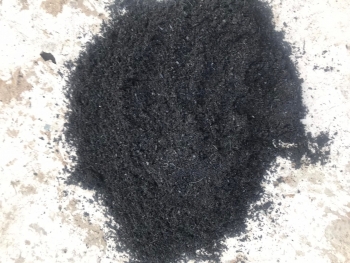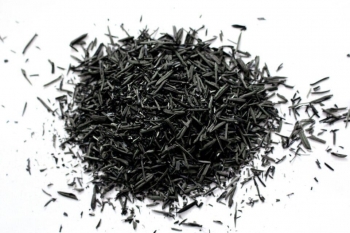Rice Husk Ash & Activated Carbon from Vietnam – VinaTap Biochar Supplier
High-quality rice husk ash & activated carbon for water filtration, air purification, agriculture and industry – eco-friendly, low-cost and ready for bulk export.
Rice husk ash (rice husk charcoal) – also known as a type of activated carbon – is produced by carbonizing rice husks, coconut shells or other agricultural by-products under low-oxygen conditions. This process creates a highly porous carbon material with an enormous internal surface area, making it an ideal adsorbent for toxins, odors, chemicals and heavy metals.
In Vietnam, especially in Ben Tre and Mekong Delta provinces, rice husk and coconut shell charcoal is widely used for: water purification, air filtration, agriculture, aquaculture and industrial treatment. VinaTap supplies high-quality rice husk ash and biochar products that help customers around the world reduce cost and improve sustainability.
✅ Typical applications: drinking water filters, industrial wastewater treatment, gas & air purification, soil improvement and toxin removal.
| Product name | Rice Husk Ash / Activated Carbon |
|---|---|
| Raw material | Rice husk, coconut shell, other biomass |
| Form | Granular / crushed / powdered charcoal |
| Main component | Amorphous carbon & graphite micro-chips |
| Typical surface area | 500 – 2,500 m²/g |
| Origin | Vietnam – VinaTap Biochar |
What Is Rice Husk Ash / Activated Carbon?
Rice husk ash (RHA) is obtained by carbonizing rice husks, usually at high temperature and in low-oxygen conditions. During this process, volatile compounds are removed and a porous carbon skeleton is formed. This skeleton contains millions of micro- and macro-pores, giving the material a very high specific surface area – sometimes up to the equivalent of several tennis courts per gram.
This unique structure makes rice husk activated carbon an excellent adsorbent for organic pollutants, odors, heavy metals and dissolved chemicals. Compared to coal-based activated carbon, rice husk carbon is:
- More eco-friendly (made from renewable agricultural waste)
- Cheaper to produce at scale
- Non-toxic and easy to dispose of (can be safely burned after use)
How VinaTap Produces Rice Husk Activated Carbon
VinaTap uses a simple but effective technology to produce rice husk ash and charcoal with high carbon content and strong adsorption capacity:
- Step 1 – Raw material selection: Dry rice husk and coconut shell from clean sources in Vietnam.
- Step 2 – Carbonization: Husk is burned in a low-oxygen environment to create a controlled carbonization reaction.
- Step 3 – Activation & cooling: The material is kept at high temperature to open pores, then cooled and stabilized.
- Step 4 – Crushing & grading: Charcoal is crushed into the required sizes (granular, powder) for different applications.
- Step 5 – Screening & packing: Unwanted ash and oversize particles are removed; final product is packed in bags or big bags.
Thanks to this process, VinaTap rice husk charcoal has:
- High fixed carbon content
- Very large specific surface area
- Low ash content and low impurities
- Stable quality for industrial users
Main Applications of Rice Husk Activated Carbon
1. Water Filtration & Detoxification
One of the most common uses of rice husk charcoal is in household and industrial water filters. Thanks to its porous structure, activated carbon can remove:
- Unpleasant odors and tastes
- Organic toxins and pesticide residues
- Heavy metals (when combined with suitable filter design)
- Color and turbidity from water
A simple water filter can be built using layers of sand, gravel and VinaTap activated carbon. Water passes through the sand (to remove dirt and suspended solids), then through the charcoal layer (to adsorb toxins and microorganisms), and finally through gravel before entering the clean water tank.
2. Medical & Pharmaceutical Uses
Under the name Carbo medicinalis (medical carbon), activated carbon is widely used to:
- Support treatment of food poisoning and toxin ingestion
- Reduce gas and unpleasant odors in the digestive system
- Act as a safe, non-toxic adsorbent when used correctly
3. Air Purification & Odor Control
Activated carbon is a key component in many air filters:
- Cigarette filters
- Refrigerators and household air purifiers
- Industrial exhaust gas treatment systems
- Odor control in animal farms, composting facilities and waste treatment plants
4. Industrial & Chemical Applications
- Carrier for catalysts in chemical reactions
- Purification of industrial gases and liquids
- Gold recovery and metal separation (with specific grades)
- Support in various detoxification and filtration processes
5. Agriculture & Soil Improvement
Rice husk biochar is also an excellent soil amendment:
- Improves soil structure and porosity
- Enhances water retention and nutrient holding capacity
- Supports beneficial soil microorganisms
- Helps reduce greenhouse gas emissions when used in regenerative agriculture
Why Choose VinaTap Rice Husk Ash & Activated Carbon?
- Eco-friendly raw materials: Made from agricultural by-products such as rice husk and coconut shell – renewable and sustainable.
- Safe & non-toxic: Activated carbon is safe to handle and to dispose by burning after use.
- High adsorption capacity: Large specific surface area (500–2,500 m²/g) makes it ideal for filtration and detoxification.
- Cost-effective: Lower cost than many coal-based carbons while providing excellent performance.
- Flexible forms: Available in granular, crushed or powdered form depending on your application.
- Reliable export partner: VinaTap has experience in supplying international customers and other horticultural & industrial products.
How to Use Rice Husk Charcoal in a Simple Water Filter
For households and small facilities, a basic water filter tank with activated carbon can be built at low cost:
- Build a tank (brick, concrete or plastic) with an inlet at the top and an outlet at the bottom.
- Install a perforated pipe at the bottom to collect filtered water evenly.
- Fill layers from bottom to top:
- Large gravel
- Smaller gravel
- Coarse sand
- VinaTap activated carbon layer
- Fine sand layer at the top
- Let raw water enter from the top via a shower head to avoid disturbing the sand layer.
- Clean the top sand layer every 3–6 months by stirring and draining the dirty water.
- Replace sand and activated carbon every 9–12 months (depending on water quality).
This simple system can significantly improve water quality in areas where treated water is not always available.
Related VinaTap Products
- Biochar & Charcoal from Vietnam – for soil improvement and filtration
- Cocopeat Bricks & Blocks – premium growing media for horticulture
- Coco Husk Chips – for orchids, hydroponics and landscaping
- Coco Coir Bags & Loose Substrates – ready-to-use coir mixes
- Grow Bags – for professional greenhouse production
- Coco Fiber – for erosion control and mattress/fiber industries
- Peat Moss & Blends – substrate options for nurseries
- Coir Pallets – eco-friendly shipping & display pallets
- Other VinaTap Products – full catalog for export
FAQ – Rice Husk Ash & Activated Carbon
Whatsapp: +84 888888609
Wechat: +84 912100118
Email: vinatap@gmail.com
Made by Việt Nam VinaTap




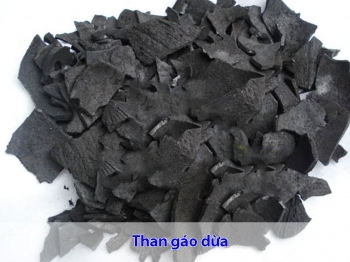
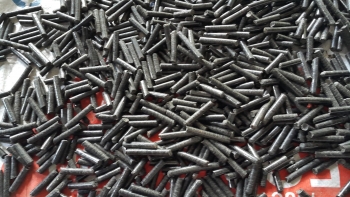
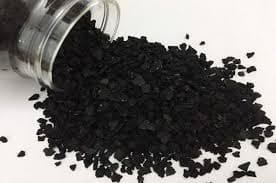
.jpg)
.jpeg)
